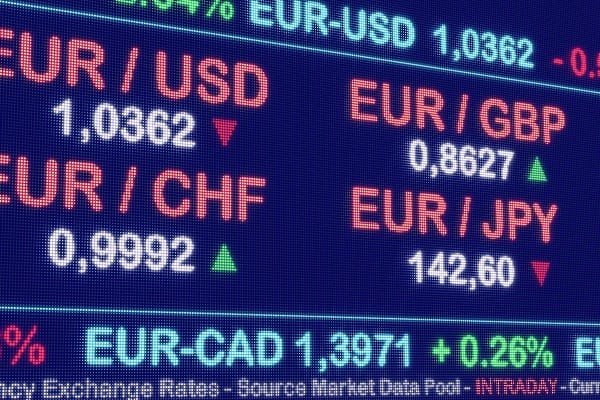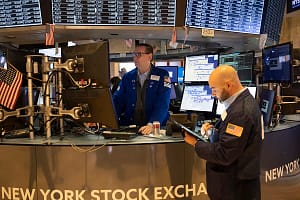Euro continued its recovery on Monday against the dollar (EUR/USD), reaching the 1.07563 level at approximately 8:30 in the morning GMT.
On the other hand, the euro continued to decline against the British pound (EUR/GBP), the lowest in about twenty days, at the level of 0.86562 at approximately 9:15 Monday.
As for the Japanese yen, the euro against the Japanese yen (EUR/JPY) was able to record its highest levels since 2008, reaching the level of 160.941 at approximately 10:00 in the morning.
The euro’s gains today come with a set of economic data throughout the euro zone, which, although mixed, carries some positivity about the future of the region’s economy, specifically the services sector. On Monday we saw HCOB Purchasing Managers Index figures for October.
Meanwhile, the German HCOB services PMI registered a slowdown at 48.2, slightly higher than expected at 48.0. The HCOB Composite Purchasing Managers’ Index also indicated a continued slowdown in economic activities, but at a slightly slower rate than expected, with a reading of 45.9.
In Spain also, the services sector continued to recover more than expected for the second month in a row, this time with a reading of 51.1, against expectations of a contraction of 49.3. As for the euro zone as a whole, the services PMI was stable at 47.8, in line with analysts’ expectations. On the other hand, services activities in France continued to decline more than expected, with a reading of 45.2.
Returning to the German economy, factory orders continued to grow for the second month in a row by 0.2%, versus expectations for a contraction of 1%.
In addition to these numbers, we have witnessed a further decline in negative sentiment in the Eurozone, with a reading of -18.6 for the Sentix Investor Sentiment Index for the current month of November, which is the highest reading we have not seen since last June.
I believe that today’s figures for the Eurozone have helped restore a more optimistic atmosphere about the region’s economy’s ability to stabilize and restore growth, despite the tightening credit conditions.
European bond yields also continued to rise again today, continuing the gains extended since Friday evening, after the disappointing data for US non-farm jobs and the unemployment rate, which helped strengthen the markets’ hypothesis of the end of the cycle of interest rate hikes by the Federal Reserve, with negative signals continuing to flow from the labor market.
The yield on ten-year European government bonds reached 2.705%, after reaching the lowest levels in about 45 days. While the gap between ten-year US Treasury bond yields and their European counterpart is heading towards shrinking for the fifth day in a row, near the level of 1.891 today, which is near the lowest levels since last October 13.
I believe that this recovery in European bond markets has contributed to the recovery of the euro, which is slightly near parity with the US dollar. On the other hand, the noticeable and continuous recovery of the US bond market may slow down the euro’s recovery, as investor funds continued to flow significantly and massively into US bond ETFs, especially short-term ones, at the expense of international and TIPS bond ETFs, and investors seem not to be enthusiastic enough to the exposure to the global economy in general.
While the euro’s gains today were not enough to overcome the strength shown by the pound sterling. The markets are still optimistic about the pound after the governor of the Bank of England said last week that there would be no cut in interest rates soon.
While I see that this may pose a challenge for the central bank to adhere to, with the continuing flow of negative signs shown by the British economy. Today, the construction sector showed further weakness, with the higher-than-expected contraction in the S&P Global Construction PMI for October at 45.6.
Finally, in Japan, the weakness of the yen came as the Bank of Japan continued to affirm its adherence to a very loose monetary policy, despite the record decline of the national currency against other major currencies.
It seems that the continued flow of positive data from the euro zone, which coincides with the Bank of Japan’s adherence to its ultra-loose policy, which took more steps and avoided interfering in the market, has contributed to pushing the euro/yen pair to its record levels again today.
I also believe that the BoJ may continue to be wary of taking any steps that would tighten credit conditions and potentially weaken economic growth, which appears to be the focus of the bank’s focus much more than inflation levels.





Leave a Comment